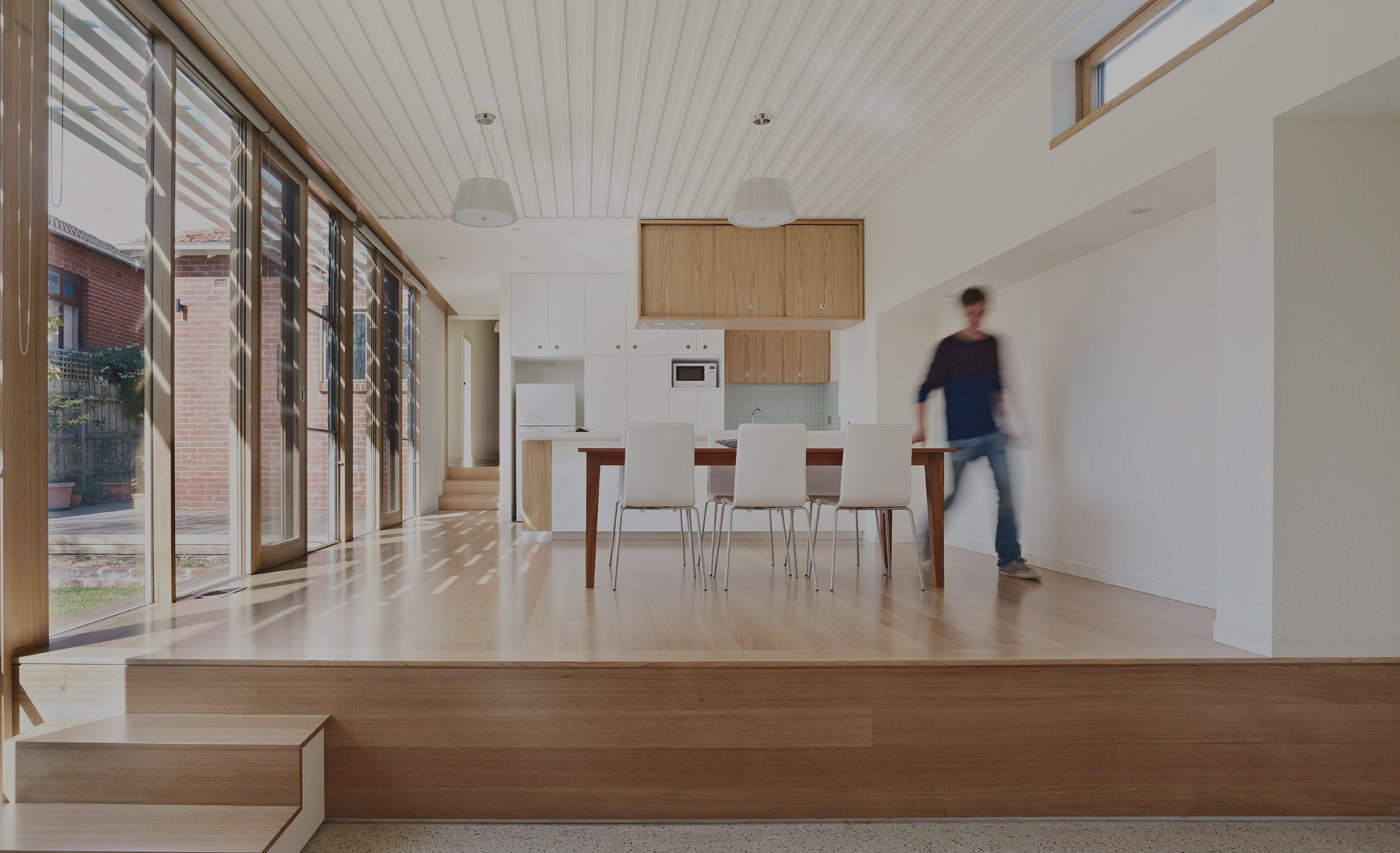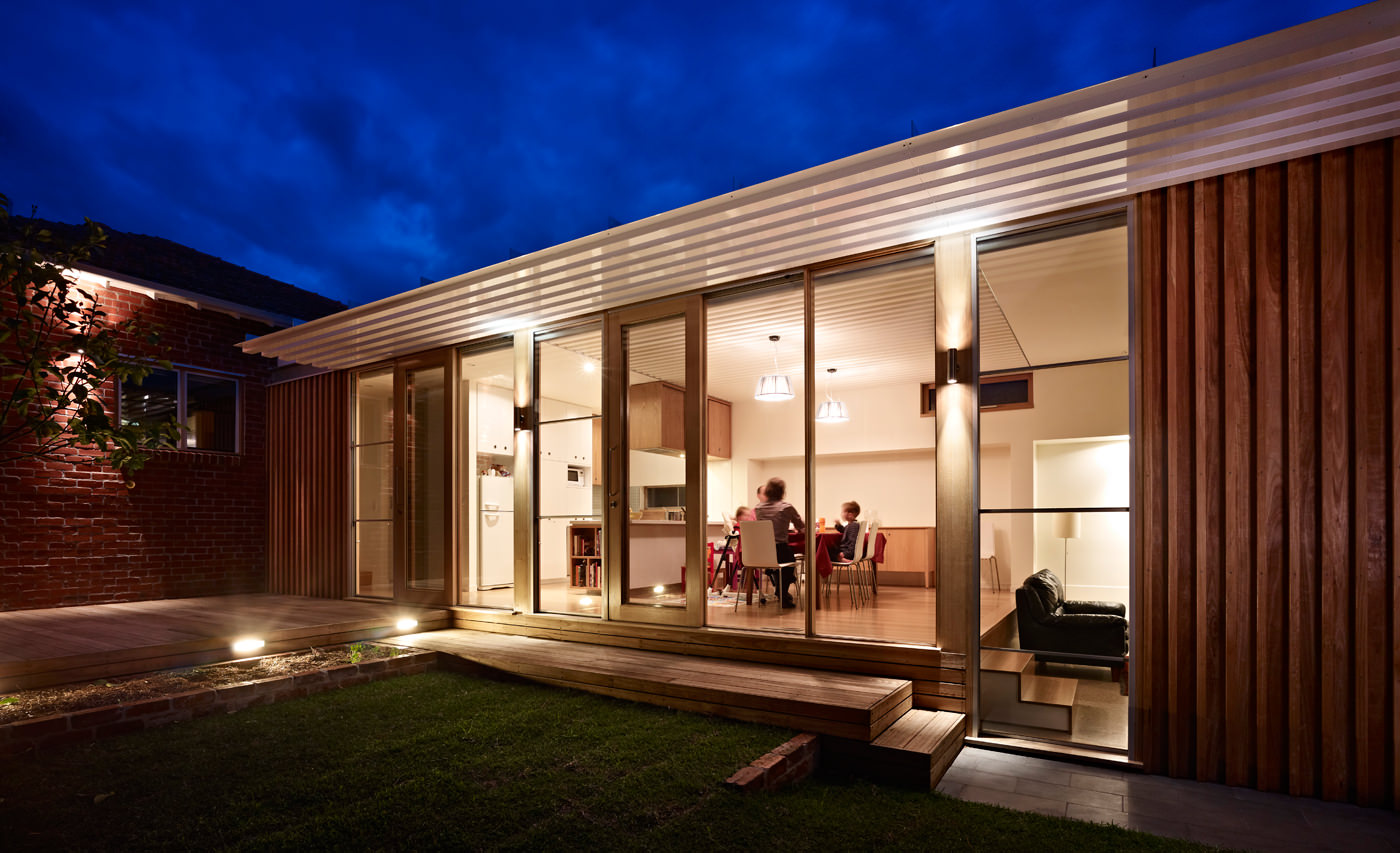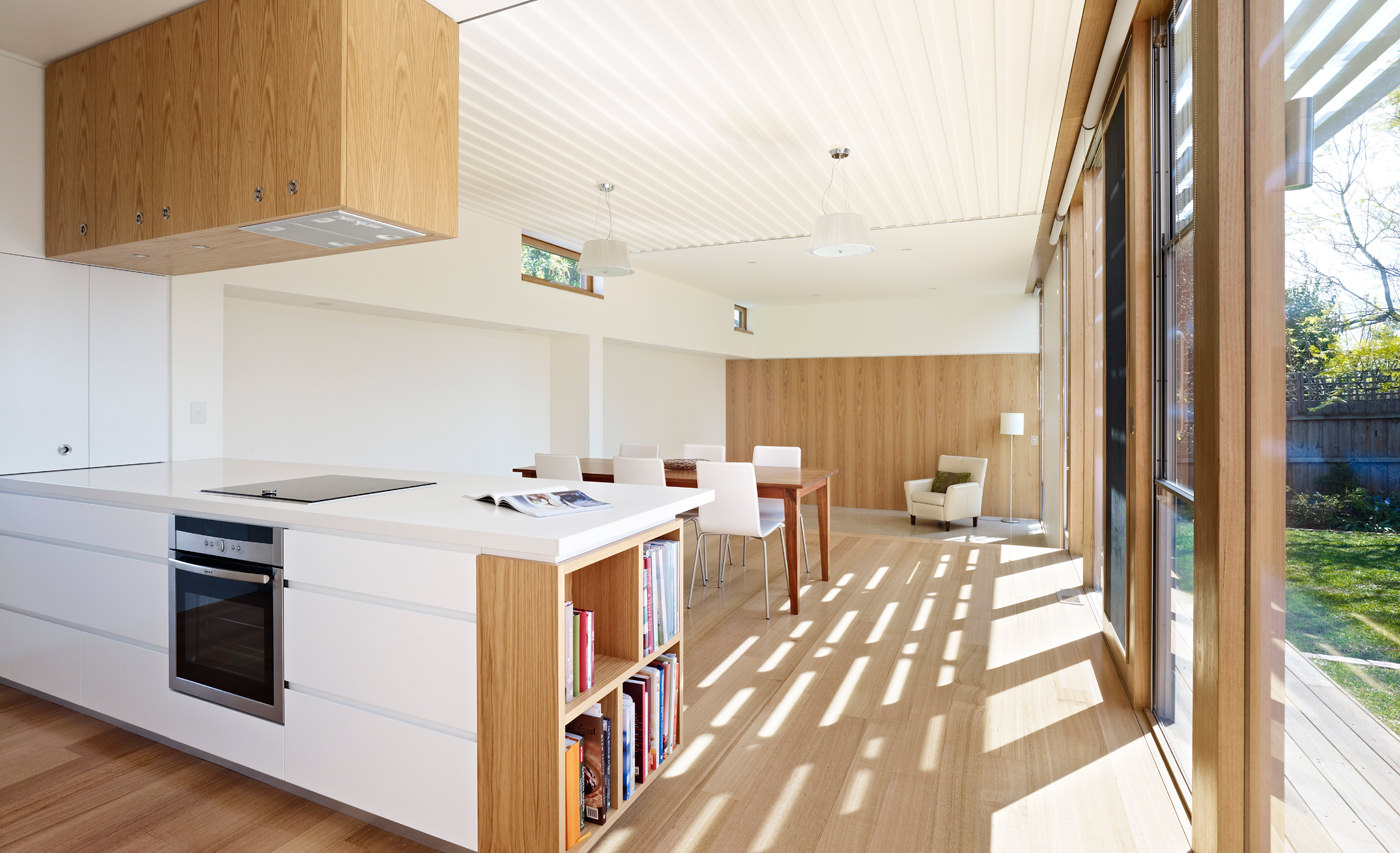Over recent years, the sustainability of residential homes has finally started to get the recognition that it deserves. There have been a number of articles published in mainstream press asking the question, “What does a having a green home mean?”. There certainly is much more that can and should be done with regards to people becoming aware of when a house is and isn’t “green”.
As a building professional with more than 15 years experience and being involved directly with the green assessment, advice and improvement of existing homes and the building of green new homes, there certainly are a few factors to take into account when looking at a homes “green” credentials. The 6 star requirement for new homes and renovations that has been in place in Victoria for a number of years certainly ensures that the thermal performance of a new home's external skin or envelope meets a minimum requirement and that the provision of either a water tank or a solar hot water unit is included. A thermal star rating, however, is only one part of many in what should be considered in a homes green credentials. As an example, the same new homes that meet the 6 Star minimum requirement can, unfortunately, also contain 200 or more incandescent down lights that burn away at 50 watts each. This has no effect at all on the 6 Star energy rating of that home, but it does have an effect on the homes level of sustainability. An example like this is one whereby a 6 Star home is not exactly a home with green credentials.
A home with true green credentials would attain the 6 Star thermal performance rating, hopefully more, and go further too by addressing the energy usage of the home through the use of LED lights, ensuring energy efficient appliances are used, being designed or modified to set up ventilation pathways so that passive cooling is maximised and have incorporated into the design a reasonable level of thermal mass to further reduce mechanical heating and cooling requirements. The true level of green credentials of any individual home is measured through an assessment of the combined elements that are incorporated within that home, and like the star rating system, would be graded.
There are a number of notable green principles which should be considered when designing a new home. These include a huge list which don't necessarily add extra cost to the build of your home. Here are some things to think about:
* Insulation- high wall and ceiling insulation levels, coated window glass, double glazing, thermal breaking of window frames.
* Orientation- of the building, knowing the prevailing wind and weather exposures at a site, angle and elevation of a roof for maximum solar collector efficiency, awnings to shade windows in summer and allow warming light in winter, planting deciduous trees to the north of a building.
* Roof materials and added value: A white roof is equivalent to adding R0.5 to the roof insulation over a dark roof, a planted green roof adds so much more; power-efficient hot water heaters, PV panels, evacuated tubes to heat water.
* Rain water harvesting: Design of a roofline so its gutters join to fill one water tank, greywater recycling systems.
It is almost always more environmentally sound to modify an existing building than to knock it down and rebuild. These principles are all valid suggestions that would each add another layer of green credentials to a home, but not everyone can afford to undertake all of the principles put forward. The incorporation of even a couple of these would certainly improve a homes sustainability and add to it’s green credentials, and there are definitely some real value propositions amongst these suggestions that would give the most “bang for your buck”. If a client's architect or builder is NOT considering even a few of these principles when formalising the design of a new building or facilitating the modification of an existing building, that they should perhaps look for a different architect or a different builder ….. or both.
The “trickle” being witnessed in homes being promoted as having green credentials indicates that a stream as a minimum is yet to come. The challenge is to ensure that those being promoted truly are green and have been assessed appropriately as being so. I certainly look forward to what is yet to come and and the improvements yet to be made in the assessment, advice and improvement of green homes.




